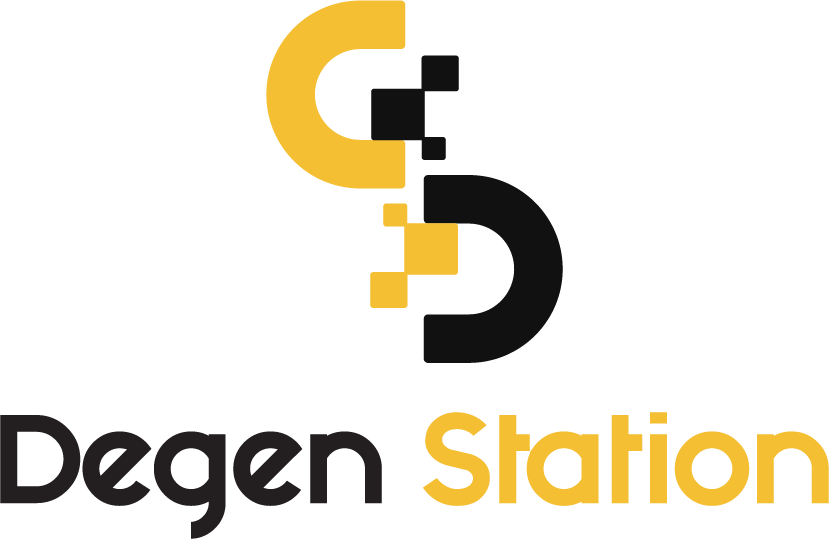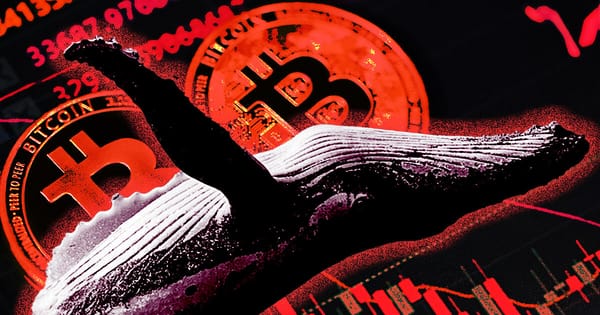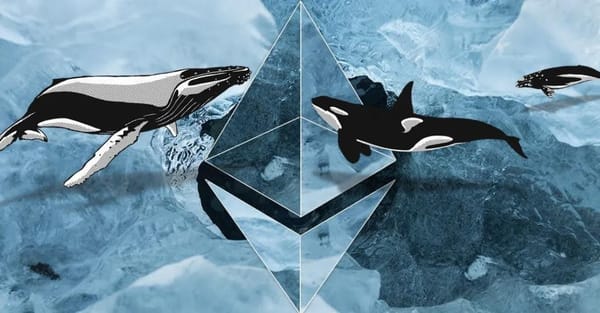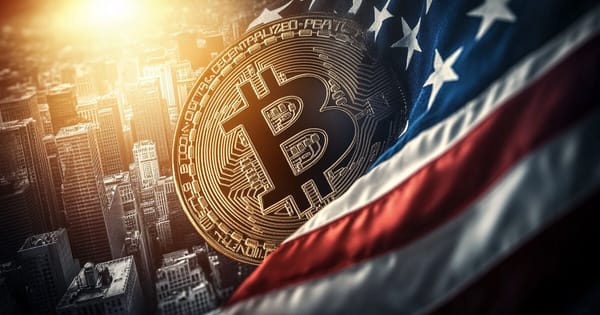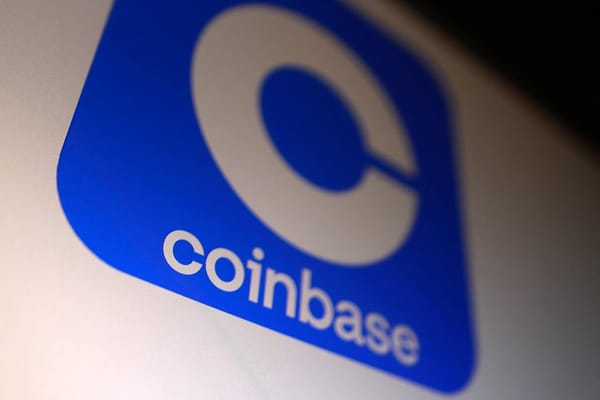DeFi? There's Nothing Left...

"DeFi is dead," some might say, after the tragicomedy involving Curve Finance (CRV) with its lead actor, Michael Egorov, and a cast of notable cameos.

DeFi: A Glimpse into the Past
If you've been in the crypto market long enough, you've probably read the optimistic introductions about DeFi, such as:
"DeFi, or decentralized finance, aims to revolutionize traditional finance, empowering users with greater freedom, equality, and decentralization."
In its early days, DeFi was a fertile ground for nurturing talent and pivotal projects in the crypto market. Anonymous founders, hiding behind NFT avatars on Twitter, tirelessly built new protocol platforms with innovative ideas, contributing to the liquidity flow in the market.
Thanks to DeFi, we witnessed:
- Andre Cronje with a myriad of unique ideas

- Hayden Adams with AMM Uniswap
- MakerDAO and DAI, introducing the concept of "algorithmic stablecoin"
- The rise of Compound, Balancer with yield-farming, SushiSwap with its vampire attack, and more.
These individuals and projects painted a vibrant picture of DeFi, imbued with humanistic ideals and an indomitable fighting spirit. But those golden days are long gone...
The Reality of Modern DeFi
What remains now are "quick-buck" projects, developers rushing to launch products to make money from users, and recycled ideas. If you still deny this, let's revisit the recent Curve Finance (CRV) saga.
Skipping the part where Curve Finance's liquidity pools were repeatedly attacked due to security vulnerabilities, leading to a significant drop in CRV prices, we reach the critical moment when a CRV-collateralized loan was on the brink of liquidation.
Months ago, Curve founder Michael Egorov collateralized nearly 305 million CRV to borrow almost $70 million in USDT and USDC on Aave, according to DeBank data.

Additionally, Egorov borrowed 17.2 million FRAX on Fraxlend, collateralized with 59.1 million CRV ($32.3 million), and 14.3 million MIM on Abracadabra, collateralized with 49.9 million CRV.

Egorov's ability to collateralize so much CRV stems from his control of 47% of CRV's circulating supply. The borrowed money likely funded his purchase of a luxurious $40 million villa in Australia.
In essence, the founder of Curve used his CRV holdings to "cash out," buying a house and enjoying the fruits of his success. Despite Curve being a DeFi cornerstone, criticism of Egorov was inconsequential.
The Harsh Truth About DeFi
No one forbids project founders from enjoying their success or holding a majority of the token supply. The community knowingly watches founders dump tokens but trusts their "ethics" and the project's potential. This is true even for Curve Finance.
And nothing prevents lending platforms like Aave and Fraxlend from lending to Egorov. In DeFi, everything operates based on smart contracts: collateralize enough assets, get a loan, and face liquidation if you don't repay.
The decentralized spirit, free from central control and based on code, has always been a hallmark of DeFi and crypto. This principle draws us to the crypto world.
But what do we get in return? Beyond a "spirit" that's become an illusion, a "philosophy" now preached by scammers, and a "decentralized" market more centralized than ever.
The ideal of fighting "tyranny" and traditional financial giants to build a transparent and free market is just an unrealized vision. DeFi is dominated by big players, whales holding large assets, and founders selling their projects once they grow.
When Egorov's position is liquidated, CRV prices will plummet, impacting Aave, Fraxlend, and beyond. The domino effect of CRV dumping will trigger alarms across liquidity pools, risking USDC and USDT depegging.
Nothing encapsulates DeFi better than a founder depositing ~50% of his token’s circulating supply into various lending markets to fund the purchase of a mansion
— Zach Rynes | CLG (@ChainLinkGod) August 2, 2023
Then letting the position pose such a systemic risk to the solvency of the ecosystem, that those who have a vested… pic.twitter.com/GzfarnbvIf
Founder of @CurveFinance, SBF and Do Kwon had 1 common thing which was never questioned enough and which is root cause of their shitshows. All of them owned 25% or more of the supply of assets which they created and were able to used for taking huge loans.
— Hydrated Jakub (🐍,🐍) (@GregusJakub) August 1, 2023
The market has seen this with LUNA-UST, and no one wants a repeat. Hence, influencers and KOLs agreed to buy OTC CRV from Egorov to help him "rotate" funds and prevent liquidation.
Unwittingly, they became "cameos" in the Curve Wars drama.
The Curve OTC War updates:
— Sandra (@sandraaleow) August 1, 2023
17.5M CRV to 0xf51
5M CRV to Justin Sun
4.25M CRV to DCFGod
2.5M CRV to Ox4d3
2.5M CRV to DWF Labs
2.5M CRV to Cream: Multisig
1.25M CRV to 0xcb5
3.75M CRV to machibigbrother.eth
250k CRV to 0x9bf
According to The Block, these OTC transactions valued CRV at $0.40, with a 3-6 month lock-up and an option to sell if the price reaches $0.80.

"On-chain $CRV OTC sales occurred at $0.40, with a call option and a 3-6 month lock-up (can be sold if price reaches $0.80)." — Miles Deutscher (@milesdeutscher) August 1, 2023
OTC deals helped mitigate the crisis, but risks remain, just postponed. With trust eroded and many whales holding CRV at $0.40, few will "hold to die" anymore.
The Future of DeFi
CRV's decline to liquidation levels seems inevitable. When it happens, multiple projects will face risks, triggering a domino effect of liquidations across CEXs and DEXs.
DeFi in ruins...
It's not attacks, scammers, or SEC regulations that kill DeFi. It's DeFi itself, a market resembling traditional finance but cloaked in "philosophical" rhetoric.
